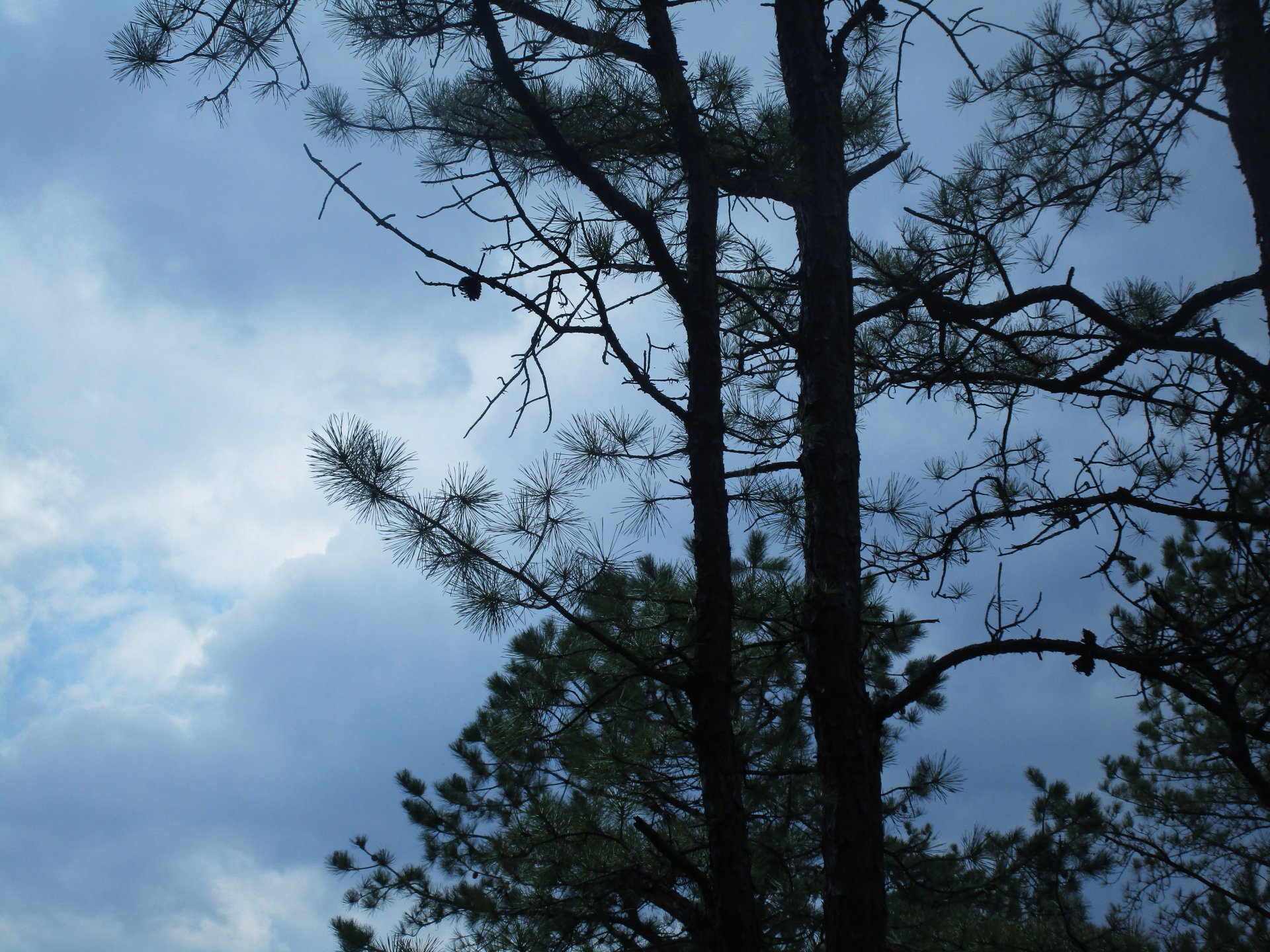The Village of Colonie is proposing to build a bridge in the Pine Bush over the Rapp Road/Lincoln Avenue railroad tracks. To allow for high-speed rail, all Òat gradeÓ crossings over railroad tracks are to be eliminated. The Village wants to eliminate the Rapp Road/Lincoln Avenue crossing by building a bridge. Save the Pine Bush knows a much better, much less expensive way: dead-end the road on either side of the railroad track. This would save about $3.5 million taxpayer dollars, and make a significant improvement in the Preserve.
Rapp Road is a twisty road that winds north from Washington Avenue Extension past the landfill, past the Fox Run Mobile Home Village, over the railroad tracks until it joins Lincoln Avenue in Colonie. Lincoln Avenue is a heavily residential, narrow, two-lane road that twists and turns until it reaches Central Avenue. Rapp Road/Lincoln Avenue were not built to be a high-speed, high traffic corridor from Colonie to Crossgates, though a lot of people use this short-cut.
Millions of dollars have been spent by various governmental agencies and The Nature Conservancy to acquire land for the preserve. The area of the Pine Bush that is in close proximity to the proposed bridge site has seen a high level of conservation activity in recent months. The State of New York purchased a 46 acre parcel on Rapp Road in Albany last spring for roughly $4 million, the Nature Conservancy purchased an 8 acre parcel on Lincoln Avenue in the Town of Guilderland and the Village of Colonie in June, and the City of Albany recently purchased the Fox Run Estates Mobile Home Park in the Village of Colonie on Lincoln Avenue for $3 million and spent an additional $3 million to relocate residents as mitigation for an expansion of the Albany Landfill.
With more than $10 million being spent on this area of the Pine Bush, it is clearly evident that the Albany Pine Bush Commission views the Rapp Road/Lincoln Avenue Corridor as an important part of the Preserve. If one understands the fire-dependant nature of the Pine Bush, and the importance of contiguity of the Preserve, they would understand why the Commission views this area as crucial to the survival of the ecosystem. It has been well documented that the Preserve will not be viable if it is heavily fragmented. These recent purchases have helped to build a crucial connection between two parts of the preserve. Roads have also been shown to contribute to habitat fragmentation and Rapp Road/Lincoln Avenue is no exception. The larger the road, and the more traffic it carries, the greater the impact on the surrounding habitat. A recent study conducted by the Commission showed that Karner Blue butterflies have a very low success rate of crossing Route 155, a State Highway to the west.
Lincoln Avenue/Rapp Road was originally designed to only carry local traffic. This is evident by the number of sharp turns in the road and a lack of wide shoulders. It has seen a great increase in traffic since Crossgates Mall and other retail and office buildings have sprung up on Washington Avenue Extension. The road was mainly being used as a short cut for commuters between Central and Washington Avenues. It got so bad that residents along Lincoln Avenue fought for a detour that keeps traffic away from their neighborhood during morning and evening rush hours. Now commuters must wind their way through Petra Lane, Walker Way, and Jupiter Lane to get to Central Avenue. If a bridge of this magnitude is constructed, it will only validate Lincoln Avenue/Rapp Road as a commuter corridor. Since the road is already beyond its carrying capacity, calls for straightening and widening the road will soon follow construction of the bridge, which will lead to even more traffic, and thus will have an even greater negative impact on the Preserve.
The bridge will only encourage more traffic along Lincoln Avenue/Rapp Road, and will have a negative impact on a globally rare ecosystem and a federally endangered species. State funding of the project would be inconsistent with the StateÕs funding of land acquisition and management in this corridor, and the GovernorÕs commitment to Albany Pine Bush preservation efforts. Federal funding would be inconsistent with the Endangered Species Act. In a time when funding is badly needed to repair existing roads and bridges in the region and throughout New York State, it is apparent that the funds for this project could be of more use elsewhere.
Rapp Road/Lincoln Avenue should have a dead end on both sides of the railroad tracks. The quality of life for residents would greatly improve and the integrity of the Preserve would be increased. After spending so much money to purchase Pine Bush for preservation in this area, it is ridiculous to then bi-sect this area with a bridge.
Printed in the March, April 2001 Newsletter
